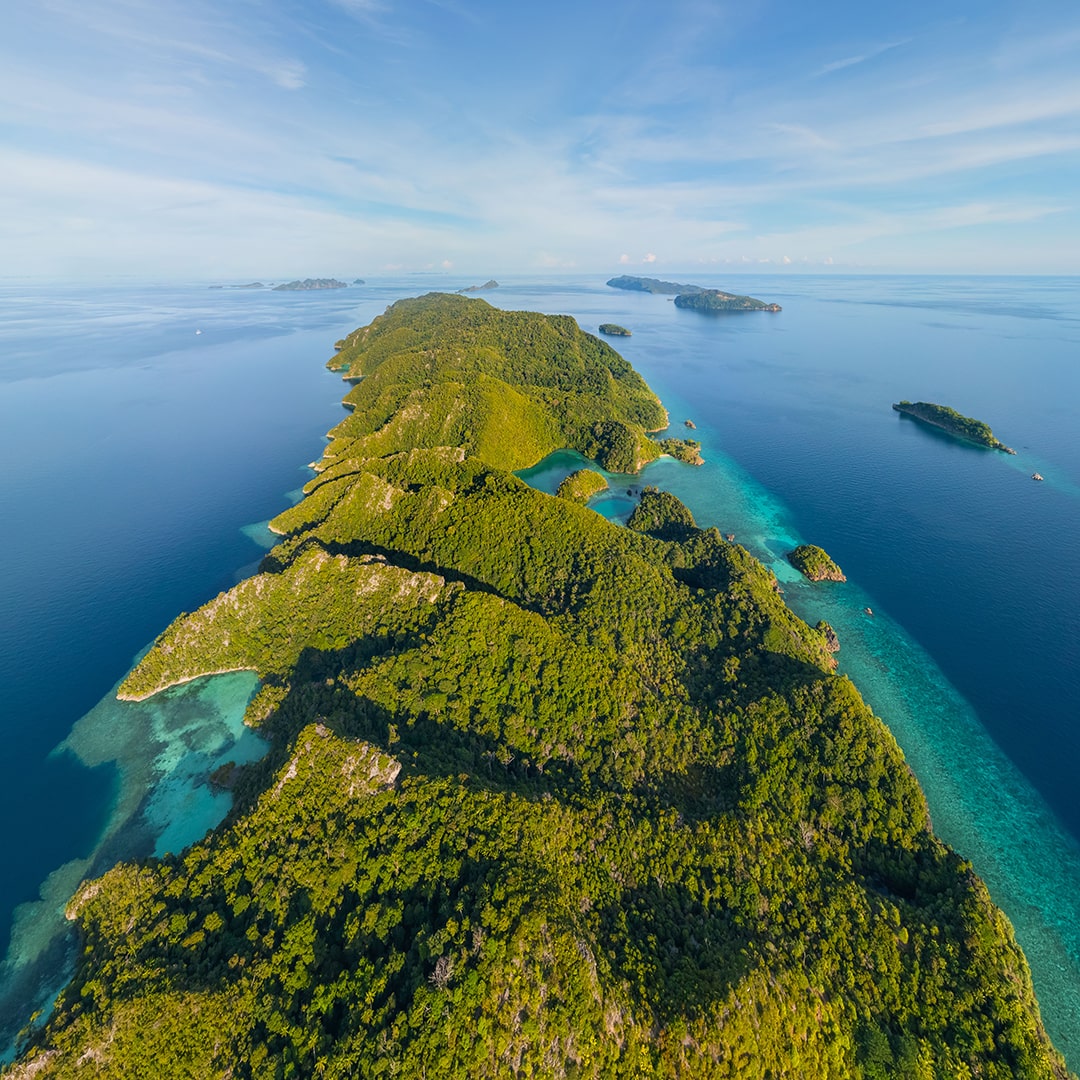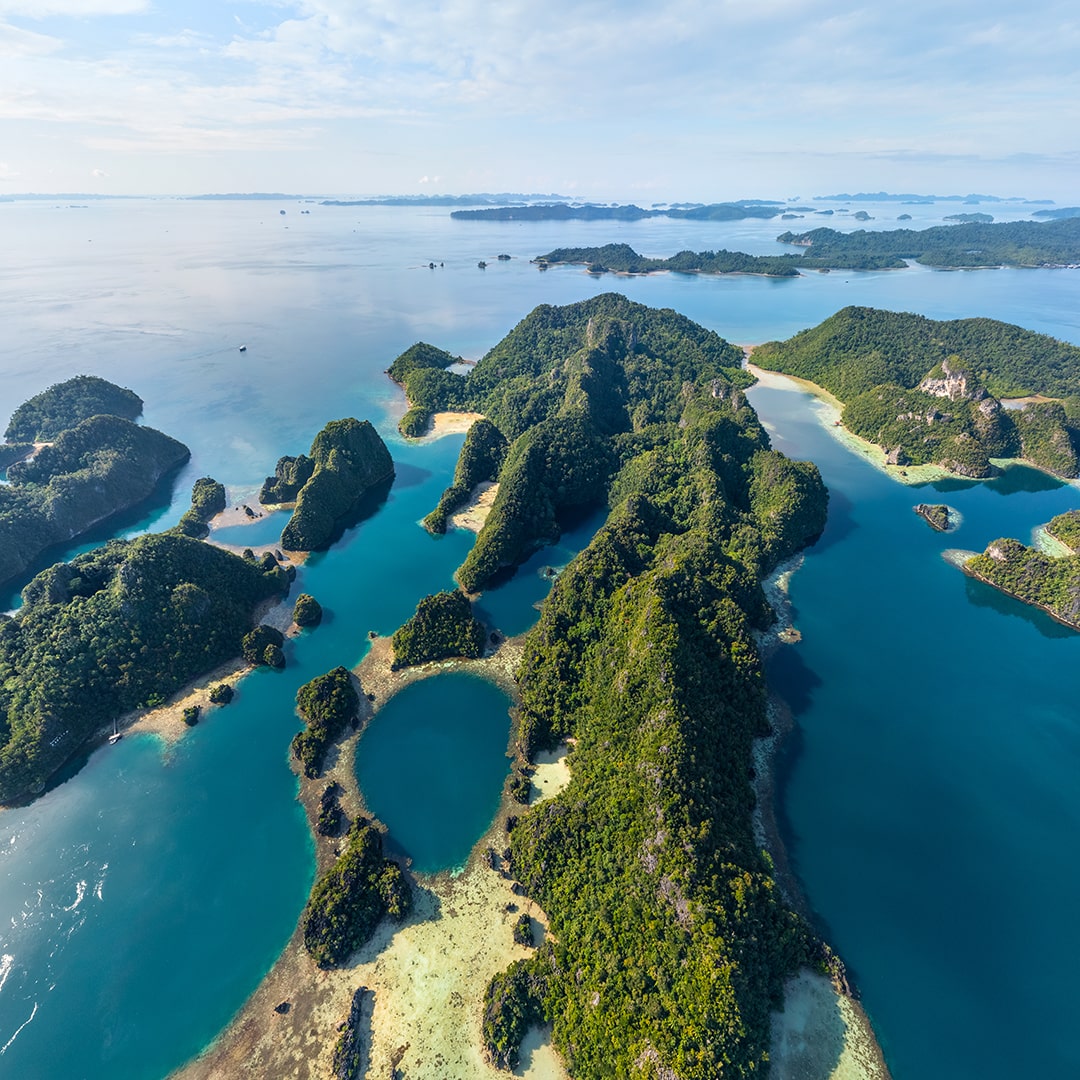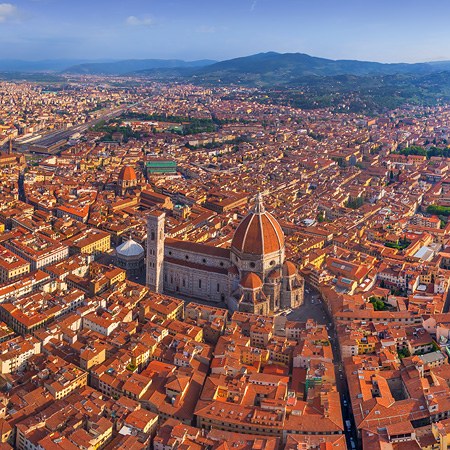Trip to the North Pole
Today we're setting off on a voyage to the North Pole! It is one of the most mysterious places on our planet. People had been trying to reach it since the seventeenth century, but they first succeeded only three centuries later. And now it is not difficult to do at all: both scientists and tourists can get there on nuclear-powered icebreakers.

We will do it with the "50th anniversary of Victory" icebreaker. She is capable of breaking through three-meter thick ice. However, global warming makes the task easier: there is less and less ice even in the north. But the pole is still ice-bound.

The icebreaker is almost 160 m long, 30 m wide and 55 m high. She accommodates 138 crew members and 128 passengers. Her main purpose is to provide safe waterways for ships on the Northern Sea Route, but since 2009, she has also been used for cruises.

All travelers to the North pole set off from the port of Murmansk. The icebreaker can reach speeds of about 40 kilometers per hour on clear water; and as we are getting closer and closer to the pole, there are more and more ice floes. The powerful icebreaker easily turns them into crumbs! Her engines are powered by two nuclear reactors, and her double hull is made of heavy-duty steel. The ship has not only comfortable cabins, but also recreational facilities: a library, a bar, a sauna and a swimming pool.

In the start of the jorney only the endless expanses of the Barents Sea could be seen around but later the scattered ice floes are gradually coming together. Even though some patterns of water are still showing through this ice "carpet", there are fewer and fewer of them now. The bright blue sky is becoming more heavily overcast, and white becomes the primary color in this austere landscape. It's interesting that ice has several color variations. The first, initial layer of ice is gray, but the thicker and older it gets, the lighter it is. Hummocky ice can take on a blue hue, and occasionally there is green ice – where the water is saturated with iron.

The journey from the port to the North Pole takes about six days – much depends on the weather. A record was set in 2017: only three days!

17 December, 2021
Read more
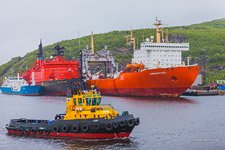 Murmansk Port
Murmansk Port
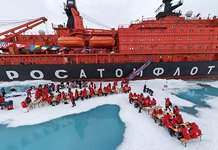 Barbecue on the North Pole
Barbecue on the North Pole
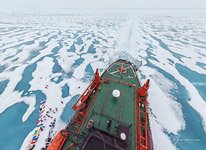 Nuclear-powered icebreaker «50 Let Pobedy» #7
Nuclear-powered icebreaker «50 Let Pobedy» #7
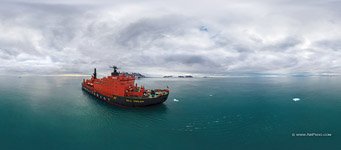 Nuclear-powered icebreaker «50 Let Pobedy» #2
Nuclear-powered icebreaker «50 Let Pobedy» #2
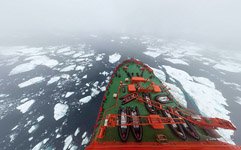 Nuclear-powered icebreaker «50 Let Pobedy» #9
Nuclear-powered icebreaker «50 Let Pobedy» #9
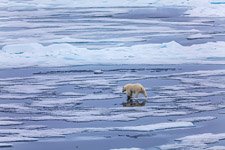 Polar bear #4
Polar bear #4
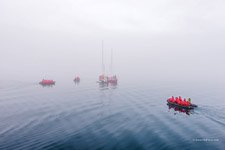 Yachts and motor boats in the Arctic Ocean
Yachts and motor boats in the Arctic Ocean
 North Pole #4
North Pole #4
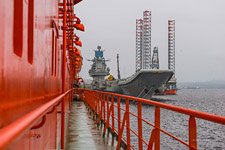 On the icebreaker «50 Let Pobedy». Aircraft carrier «Admiral Kuznetsov»
On the icebreaker «50 Let Pobedy». Aircraft carrier «Admiral Kuznetsov»
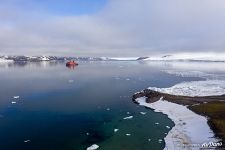 Trip to the North Pole 9
Trip to the North Pole 9
 At the Hooker Island
At the Hooker Island
 Nuclear-powered icebreaker «50 Let Pobedy» #3
Nuclear-powered icebreaker «50 Let Pobedy» #3
Virtual Travels in 360°
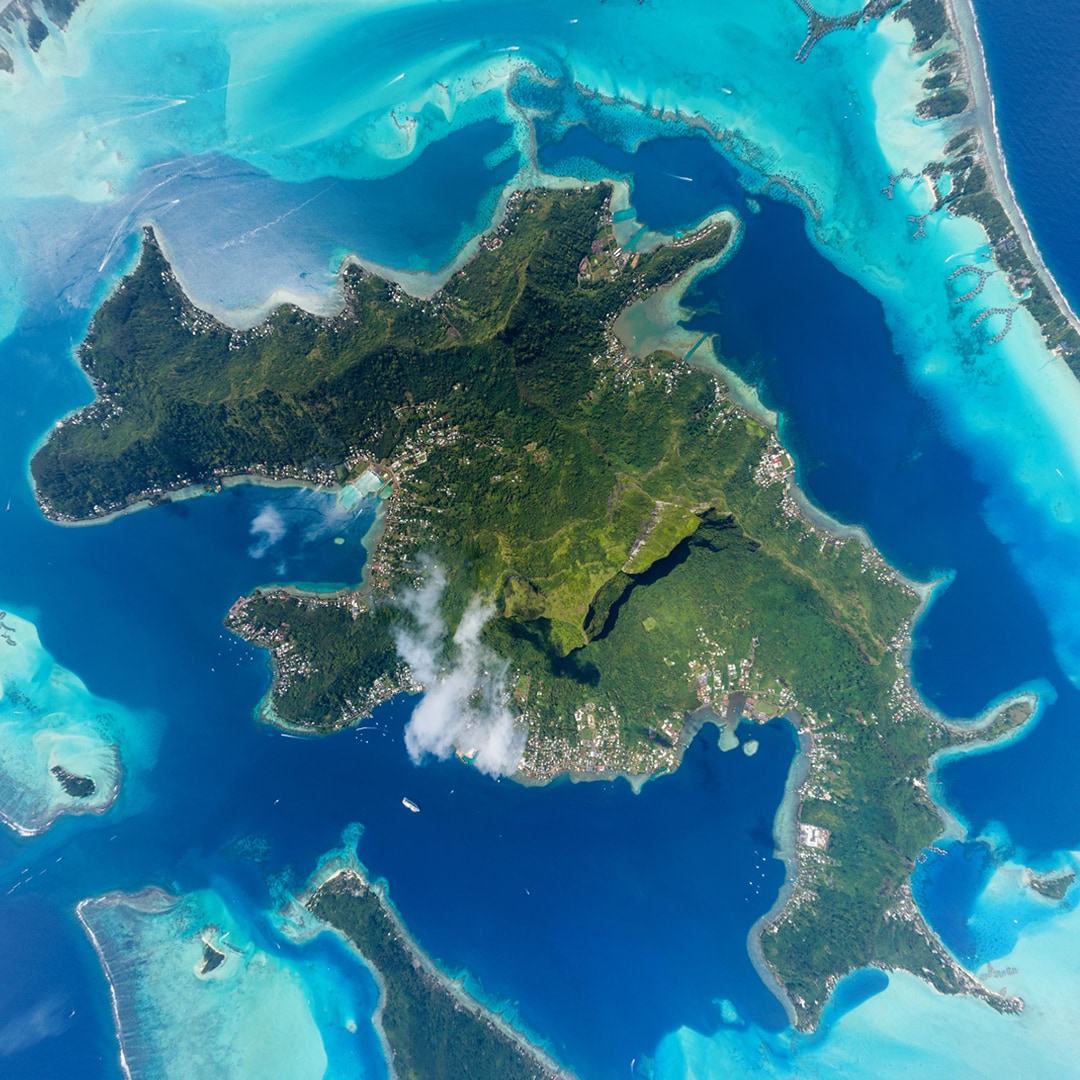 Bora-Bora, French Polynesia
Bora-Bora, French Polynesia
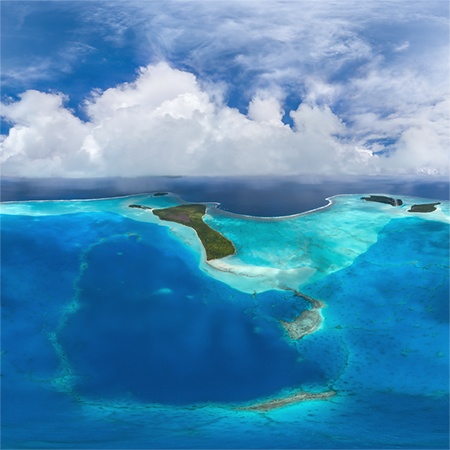 Marlon Brando's Tetiaroa atoll. French Polynesia
Marlon Brando's Tetiaroa atoll. French Polynesia
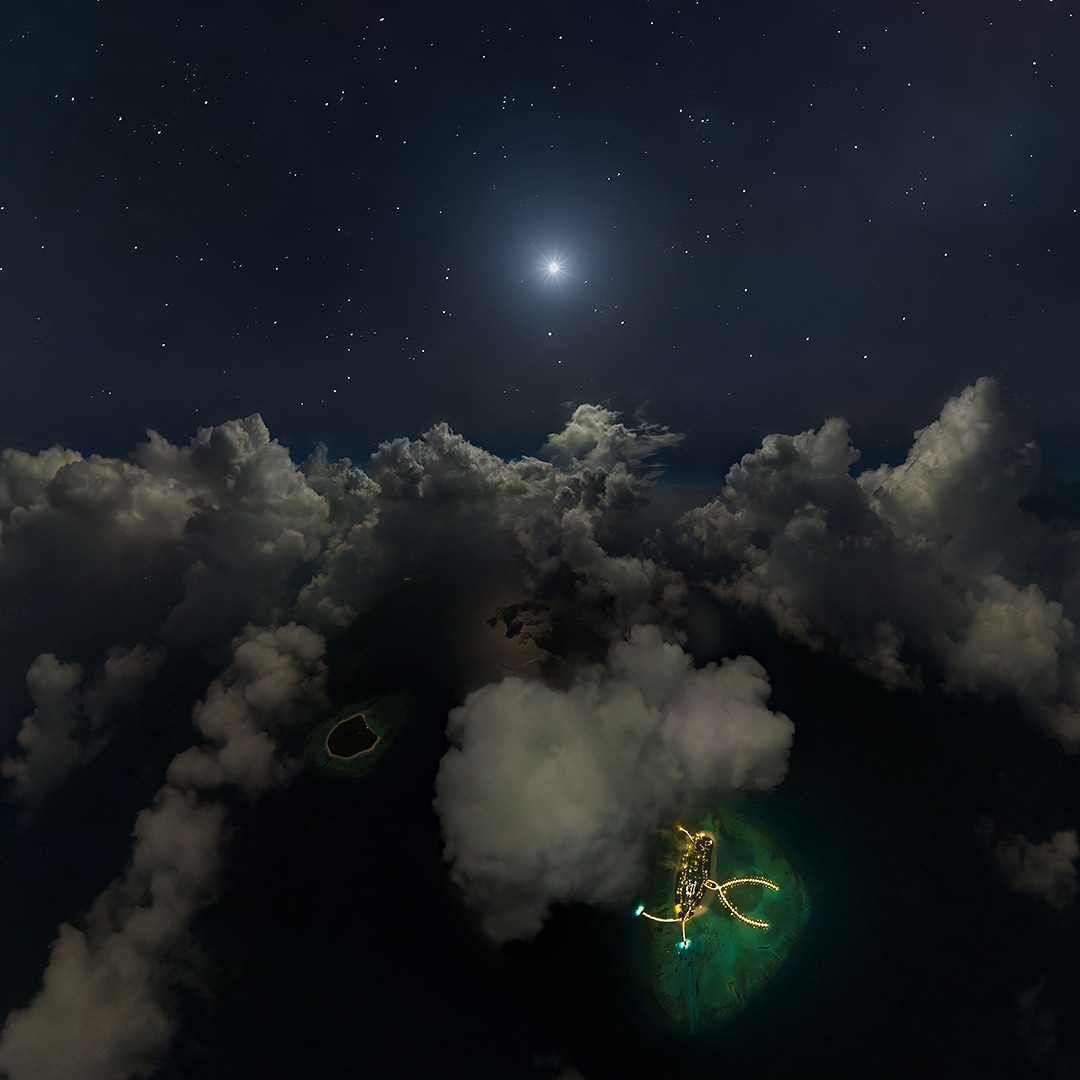 Maldives Full Moon
Maldives Full Moon
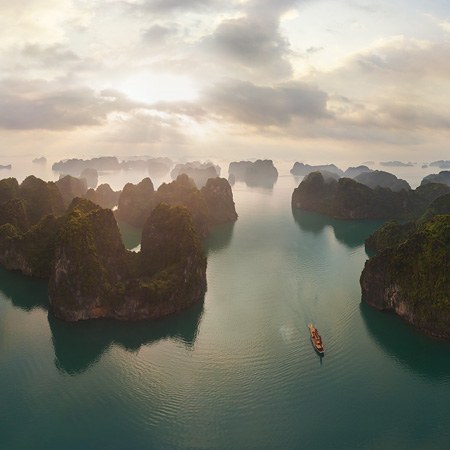 Halong Bay, Vietnam
Halong Bay, Vietnam
 Unreal Aircraft of Ivan Roslyakov
Unreal Aircraft of Ivan Roslyakov
 The Great Barrier Reef, Australia. Part I
The Great Barrier Reef, Australia. Part I
 Egyptian pyramids. Part II
Egyptian pyramids. Part II
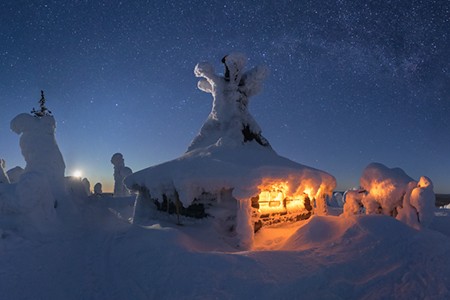 Trip to Lapland. Snowy Fairytal. Finland
Trip to Lapland. Snowy Fairytal. Finland
 Northern lights on the Kola Peninsula
Northern lights on the Kola Peninsula
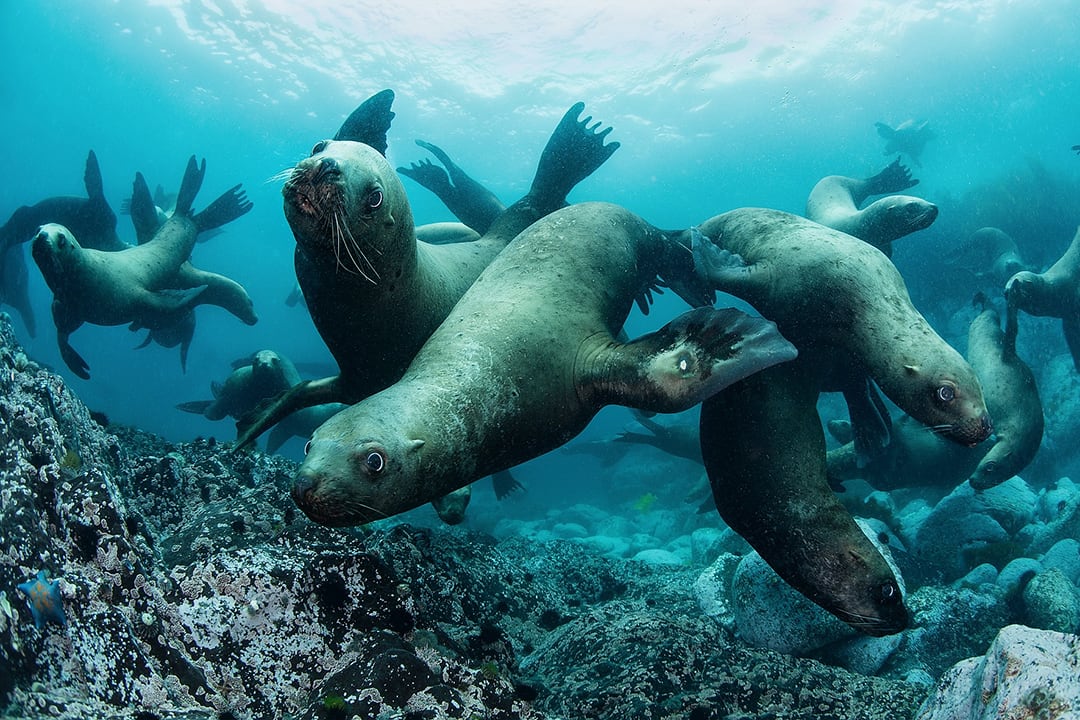 Underwater. Seals and Sea Lions
Underwater. Seals and Sea Lions
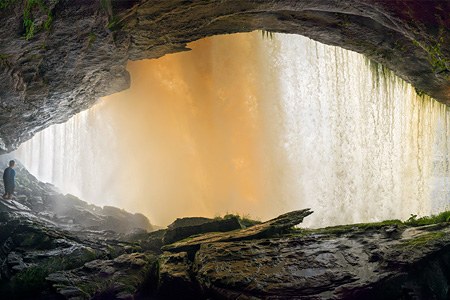 Canaima Lagoon, Venezuela. Part II. Hacha Waterfall
Canaima Lagoon, Venezuela. Part II. Hacha Waterfall
Show more




